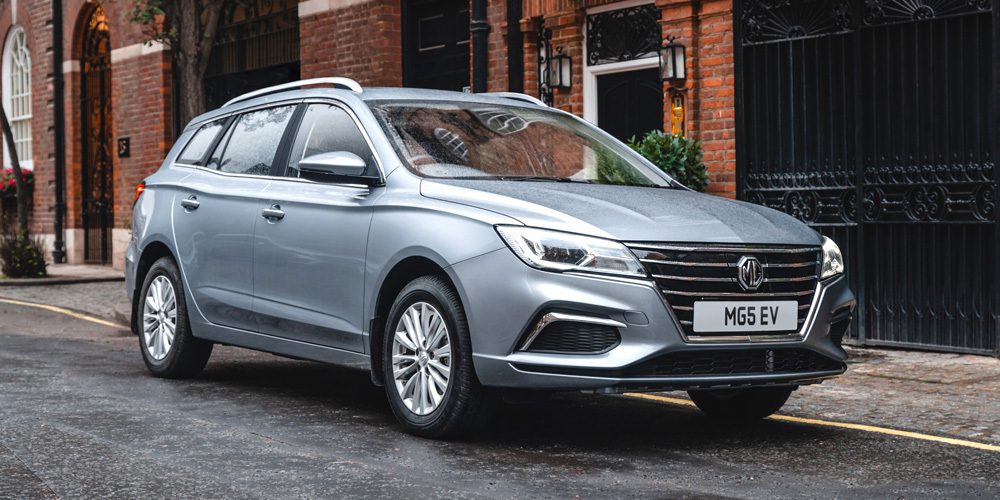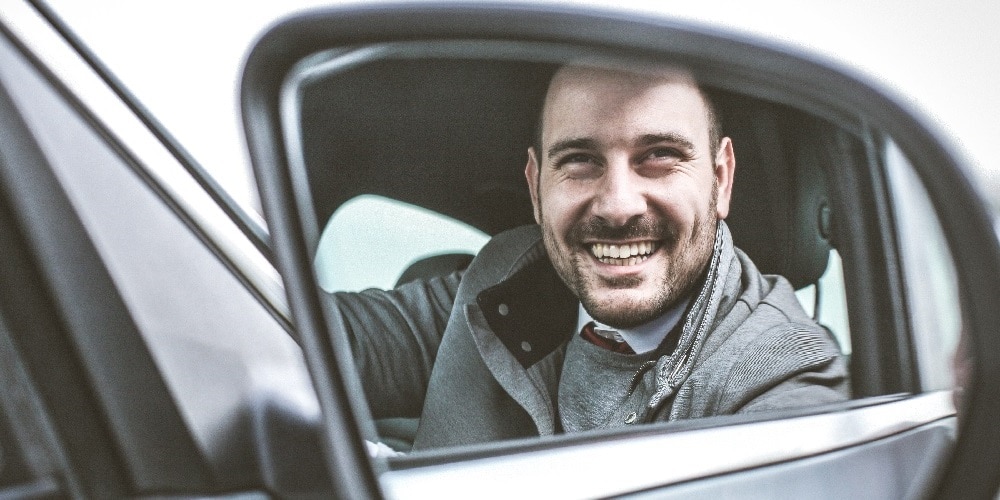The fear of having your EV Battery running out and getting stranded in the middle of nowhere is one of the reasons why Uber drivers are still sceptical about switching to electric cars. We all agree the same can happen to petrol cars if you don’t manage your fuel resources properly, and most concerns come from not knowing what to do when running empty with an EV. Fortunately, modern EVs don’t just run out of juice and stop, but they give you plenty of heads up if your battery needs a recharge.
Did you know? Most electric PCO car hire companies offer their drivers breakdown cover, so you don’t have to worry about running empty on battery when joining a car subscription plan.
However, running out of battery can happen to anyone. Maybe you overestimate the power of your battery percentage, ignore your car’s warning sign, forgot to charge last night and didn’t realise your EV isn’t full, or just had a bad day and didn’t realise you’re running low on battery.
We’ve prepared a thorough guide on everything you need to know about EVs running out of power.
Contents
- How does your EV tell you it’s running out of power?
- Will my EV stop when reaching 0% battery?
- What should I do when my EV runs out of battery?
- How can my Uber driver app help me when running low on battery power?
- Can EVs be towed?
- If my EV battery dies, will it recharge?
- Can you jump-start an EV?
- Can you push an electric car if it breaks down?
- How can I avoid running out of charge?
How does your EV tell you it’s running out of power?
Electric cars are designed to keep you safe on the road, giving you numerous warnings before running empty on battery power. The way each EV does this varies from model to model, but here is what to expect:
- The display will warn you when your car’s battery is low
- When your car’s battery gets below 5%, the sat-nav will locate and recommend the nearest charging point
- It will also show how far you’ll be able to travel on your current power
- When your EV reaches 0%, it doesn’t stop running and will be able to drive on reserve power, usually for around five miles of range
- Once the five miles range is also depleted, your car goes into turtle power mode, meaning you’ll only be able to go 20mph, and only the car’s basic features will be available
- After half a mile on turtle power, the car will finally stop.
EVs usually have two batteries, a large lithium-ion battery that powers your EV for driving and a small 12-volt battery for auxiliary functions.
Did you know? Thanks to your car’s secondary 12V battery, safety features, like hazard warning lights, will still work.
Will my EV stop when reaching 0% battery?
Your car won’t stop running when reaching 0%, as EV manufacturers have designed their batteries to retain a little charge to help you reach a charging point.
After your car goes down to 0%, you’ll still be able to drive on the reserve power, hard to say how much exactly, but usually up to five miles.
IMPORTANT: You mustn’t rely on this extra power frequently, as it’s designed only for emergencies.
What should I do when my EV runs out of battery?
If you’re running out of charge or your car completely stopped, pull over on the side of the road where it’s safe and flat, turning your wheels away from the road.
Put your parking brake on and turn your hazard lights on so other drivers can notice you. Use your phone or map to assess your exact location and make a note of where you are.
Here are your two main options on what to do next.
Roadside assistance
The most common solution is calling roadside assistance to come to your rescue. The type of roadside assistance you’ll receive depends on the recovery company you’ve signed up with.
They will either take you to the nearest charging point or home if you’re charging your EV there or give you a small amount of charge so you can drive to the nearest charging station.
When calling roadside assistance, ensure they come with a flatbed, as most EVs aren’t safe to tow.
Did you know? At Splend, 24/7 roadside assistance service is included in our subscription plans, with breakdown cover included.
Mobile EV charger
Your second option is to purchase a mobile EV charger that can charge your car anywhere, miles away from any charging station. However, although it can come in handy, a mobile EV charger is almost as expensive as the EV battery itself and might be impractical due to its large size.
How can my Uber driver app help me when running low on battery power?
Uber is set to introduce soon several new smart charging features to help EV drivers manage the charging process better:
- Battery-Aware Matching feature will filter trip requests based on your car’s battery level to help you avoid taking trips too long for your current range and rather take trips ending near a charger so you can fill up your EV
- The Uber app will display the location and cost of nearby charging stations so you can reach the nearest charging point when running low
- You’ll also get recommendations on when and where to charge, based on real-time data on charging fares, charging speed and traffic to help you maximise your earnings.
Can EVs be towed?
For the most part, EVs can’t be towed because they don’t have neutral positions in their transmissions, their wheels are attached to the motor. So, when the wheels of an EV turn, they turn the motor too. Therefore, towing can lead to overheating and cause serious damage to the EV motor.
That’s why most breakdown providers will send a flatbed truck to pick up your EV that will holster an EV without messing up its electrical components and essential parts.
If my EV battery dies, will it recharge?
Yes, EVs can go several months without being recharged.
Can you jump-start an EV?
Yes, EVs can be jump-started. You can jump-start EV’s 12V battery using traditional petrol or diesel cars. The procedure is the same as for petrol cars, but better consult the vehicle’s manual before jump-starting an EV to check where your EV’s batteries are stored and how to attach jump leads.
IMPORTANT: Don’t jump-start your EV with another EV or use your EV to jump-start a diesel or petrol car, or it could seriously damage your 12V battery.
Can you push an electric car if it breaks down?
Your EV can only be pushed if it has a neutral gear. Steering will be an effort with no power, just as with a petrol or diesel car that has run out of fuel and needs to be pushed.
How can I avoid running out of charge?
Thankfully, running empty shouldn’t be a concern if you’re careful enough and plan your day or journey ahead.
UK’s current EV charging infrastructure is wide enough to cover your needs, with over 45,000 charging points in 26,800 locations, so running out of power entirely before reaching a charging point is highly unlikely.
Here are a few tips to help you avoid running out of EV battery.
- Use an app to know where the charging points are located. EV charging aggregator apps, like Bonnet, have a route planner to help you avoid running empty on long-distance drives.
- Don’t let your EV run below 20%. EV batteries work best if kept between 20% and 80%, so recharge long before your battery reaches a critically low point.
- When planning a long journey, mark charge points across the route and plan your stops to recharge.
- It’s all right to charge your EV to 100% before going on a long drive but avoid doing that daily.
- Beware of cold winter days — your EV will go less on a single charge during a day with low temperature compared to a warm summer day.
- Get more range by driving slower – specialists recommend keeping an average of 60mph to get the most out of your EV’s range.
Related articles
- 5 hacks to reduce your EV charging cost for Uber
- Guide to car parking in London for electric vehicles
- Help! How to stop my EV charging?
- Complete guide to driving Uber with an electric car in London
About Splend
We enable people to make money by driving. Our vision is a future where every on-demand driver can be successful.
We are car subscription specialists. Don’t take our word for it—drivers rate us excellent on Trustpilot. We can set you up with a brand-new or new-model car on our Flexi own plan, plus we provide the training and support you need to become an Uber driver that’s more profitable, safer, and fulfilled.
Drop by our London Hub at 393 Edgware Road Cricklewood, London, email us, or say hello on 0333 016 4331


![How to Become a Uber Driver [Complete Guide] | Splend](https://www.splend.co.uk/wp-content/uploads/2020/02/how-to-become-an-uber-driver-in-london-2.jpg)

